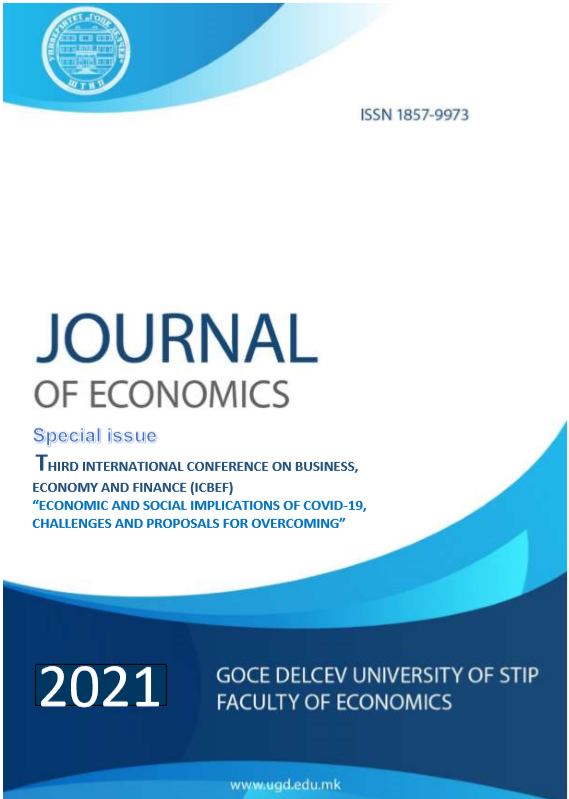A gender analysis of Covid-19 impacts on the Hungarian labour market
DOI:
https://doi.org/10.46763/JOE21600145aKeywords:
COVID-19, Gender inequality, Labour market outcomes, Segmented Labour Market Theory, HungaryAbstract
Ending of all forms of inequality both within and across nations is a central objective in the Sustainable Development Goals (SDGs) adopted by world leaders in 2005. The aim of SDG 5 is achieved gender equality and empower all women and girls by 2030. Whereas SDG 10.2 has the aim to empower and promote the social, economic and political inclusion of all, irrespective sex or other demographic characteristics. After a century of impressive progress in women’s political and economic empowerment at the global level, overall economic opportunities for women still lag behind men. Empirical evidence indicates that women are more disadvantaged than men in labour markets across the world in terms of unemployment rates, labour force participation, employment vulnerability as well as segregation in jobs and economic sectors. The objective of this study was to investigate whether the COVID-19 pandemic significantly impacted men and women in the labour market different using Hungary as a case study. Based on a gender analysis of monthly labour market data before and during the first year of the pandemic (2015-2020), the study finds that females were more adversely affected in terms of labour market outcomes such as employment rates and unemployment rates. For instance, in all age brackets males had higher employment rates than males. Also, the employment rates for females during the first year of the pandemic was lower than the previous year.


